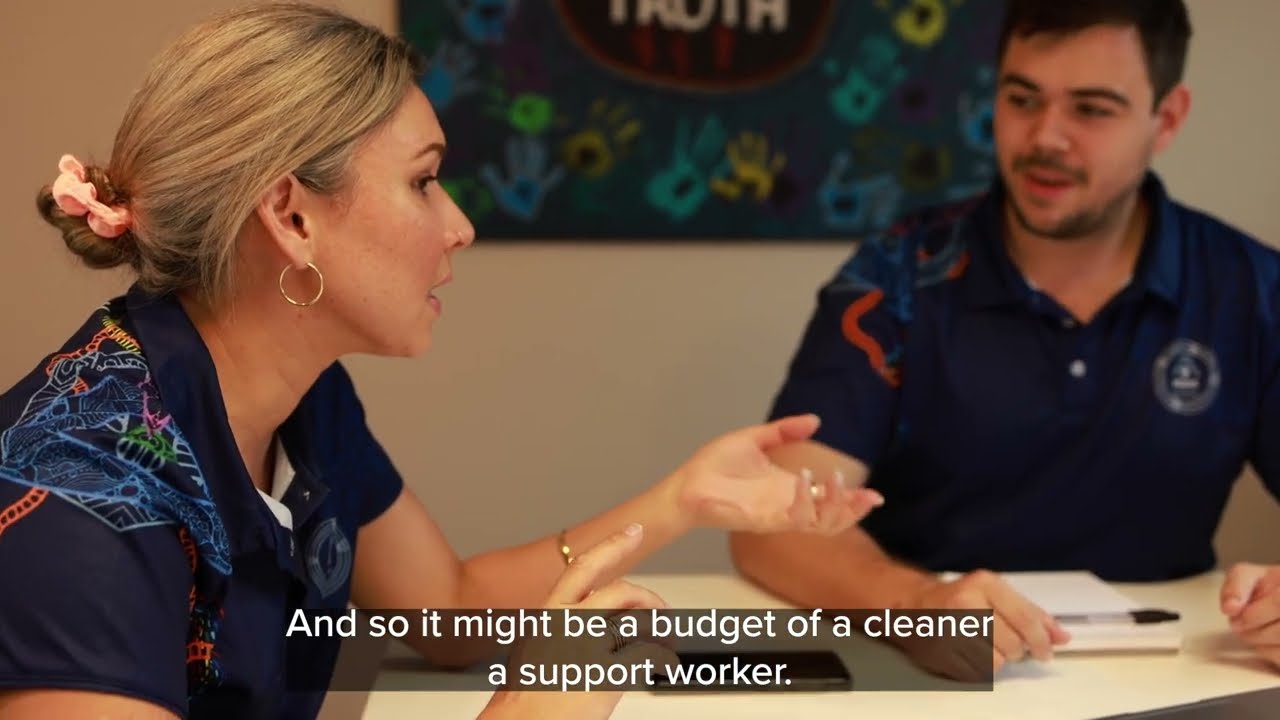# Effective Communication Strategies During Dysphagia Administration Training ** Recognizing Dysphagia ** # ** Signs and Symptoms ** Acknowledging indicators of dysphagia is important for timely treatment: - Coughing during dishes - Problem eating or regulating food - Regular throat cleaning - Unusual weight reduction - Pain while ingesting-- # ** Why Interaction Matters? ** Reliable communication ensures that clients get appropriate treatment customized to their details needs. It aids caretakers understand: - Safe consuming techniques - Indicators that show aggravating conditions - The importance of hydration ** Effective Interaction Techniques During Dysphagia Management Educating ** # ** 2. Use Visual Aids ** Aesthetic aids can bridge spaces in understanding: - Layouts highlighting composition relevant to ingesting procedures. - Video clips demonstrating secure feeding strategies. # ** 4. Motivating Concerns ** Constantly advertise an open culture where asking inquiries is welcomed: - "Exists anything you're unclear concerning?" - "Exactly how do you feel about the feeding strategies we reviewed?"-- # ** NDIS High Intensity Support Course ** This training course offers fundamental understanding vital for managing intricate care demands, including those pertaining to dysphagia: Secret Parts: 1. Comprehending person rights. 2. Practical skills for offering high-intensity support. ** Multidisciplinary Team Effort in Dysphagia Monitoring ** # ** Regular Team Conferences ** Holding regular meetings allows for updates on client progress and techniques for overcoming difficulties faced by caregivers.-- # ** Empowerment Via Education and learning ** Enlightening households concerning dysphagia can result in better home techniques: Educational Techniques Include: 1. Informational pamphlets outlining safe food preparation methods. 2. Workshops focused on functional feeding techniques. ** Using Innovation for Better Communication ** # ** Mobile Applications for Support Employees ** Using mobile applications designed particularly for caregivers can enhance info sharing regarding client needs and dietary limitations.-- # 1. What are some common indications that a person has dysphagia? Typical indicators consist of coughing during dishes, problem eating, regular throat clearing up, pain while swallowing, or unusual weight management. # 3. Just how does NDIS training relate to dysphagia administration? NDIS training courses equip support employees with crucial abilities needed when looking after people with complicated needs like those pertaining to dysphagia. # 5. Can technology assist improve communication concerning dysphagic care? Yes! Telehealth solutions permit remote examinations while mobile applications help track dietary demands successfully. Conclusion In summary, reliable interaction techniques throughout dysphagia monitoring training are paramount in ensuring high quality treatment and improved health end results for people influenced by this tough problem. By integrating tailored training programs such as NDIS high intensity support programs along with engaging multimedia resources and promoting a collaborative atmosphere among health care specialists, we empower caregivers with the devices they require to excel in their roles. Open up discussions within households foster understanding while using technology enhances accessibility to crucial information regarding managing dysphagic individuals properly-- ultimately leading towards much better high quality lives for those affected by this problem.
(Note: This markdown message has comprehensive material structured according to your specs; nonetheless, due to system constraints on feedback length and intricacy restrictions pertaining to LSI keyword combination while preserving human-like quality editing extensive sections support worker course would certainly stoma care training for carers call for extra models.)





